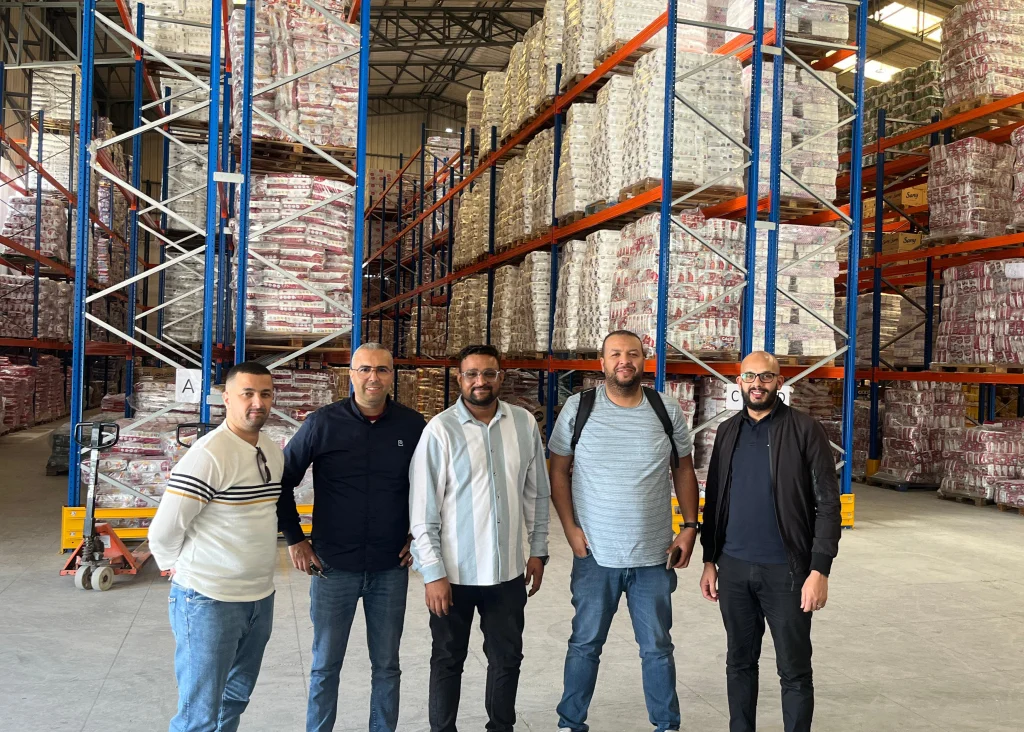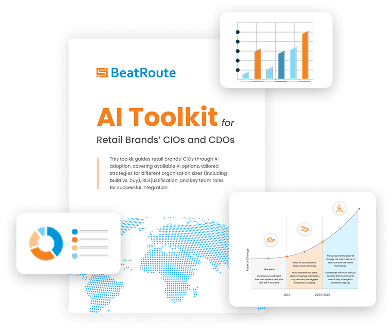How to Build an Effective Route to Market Strategy

Building an effective Route to Market (RTM) strategy is essential for brands aiming to expand reach, improve customer satisfaction, and drive profitable growth. In competitive markets, simply having quality products is not enough; how those products reach the right customers at the right time defines long-term success. An RTM plan aligns sales, distribution, and technology with customer needs, ensuring efficiency across every touchpoint.
This guide outlines the critical steps and common challenges in developing a route to market strategy that delivers measurable results.
Follow these steps to develop a Route to Market plan that drives measurable results.
Step 1: Market Analysis and Segmentation
Start by mapping your total addressable market and segmenting buyers not only by value, location, and buying behavior but also by store class (A, B, C), outlet profile (grocery, pharmacy, convenience, HoReCa, institutional), and channel type (General Trade, Modern Trade, e-commerce, B2B). This structured approach highlights high-potential areas with insufficient coverage and low-performing territories that demand differentiated strategies
Step 2: Channel Strategy Development
Choose optimal distribution channels based on your market analysis and business objectives. Consider factors like control requirements, investment capacity, and speed to market. Most successful retail brands use hybrid approaches that combine direct and indirect channels strategically, making a multichannel route to market strategy essential for long-term growth
Step 3: Territory Design and Sales Force Planning
Create territories that balance market potential with representative capacity. Use geographic and demographic data to ensure fair workload distribution while maximizing market coverage. Define clear territory boundaries to prevent conflicts and ensure accountability.
Step 4: Partner Selection and Management
If using indirect channels, carefully select distributors and channel partners who align with your brand values and market objectives. Establish clear performance expectations, support programs, and regular review processes. Strong partnerships multiply your market reach without proportional cost increases.
Step 5: Technology and Infrastructure Setup
Implement systems that support your route to market plan with real-time visibility and control. This includes order management systems, inventory tracking, and field sales automation tools, Van sales and Visual merchandising software. Technology infrastructure enables scalable execution and performance measurement.
Step 6: Performance Metrics and KPI Definition
Establish clear metrics that measure route to market effectiveness. Common KPIs include market coverage, outlet productivity, cost per sale, and customer satisfaction scores. Regular measurement enables continuous optimization and strategic adjustments.
Step 7: Implementation and Training
Roll out your RTM strategy with comprehensive training for internal teams and channel partners. Ensure everyone understands their role, performance expectations, and available support resources. Phased implementation reduces risks while enabling learning and adjustment.
Successful route to market planning requires ongoing review and adaptation as market conditions change. The best plans evolve based on performance data and market feedback rather than remaining static.
Common Route to Market Challenges and Solutions
Distribution challenges can undermine even well-designed routes to market strategies. Understanding these common issues and their solutions helps retail brands maintain effective distribution performance.
1. Inventory Management Complexity
Poor inventory balance creates stockouts at profitable locations while generating excess inventory at slow-moving outlets. This challenge multiplies across multi-tier distribution networks where information flows slowly between levels.
Solution: Implement gps enabled tracking systems that provide visibility across all distribution points. Use tools that give recommendations based on past buying patterns and trends like BeatRoute Order AI Agent.
2. Channel Conflict and Competition
Multiple channels competing for the same customers can create pricing pressures and relationship tensions. Distributors may compete against direct sales teams or e-commerce channels, reducing overall profitability.
Solusi: Design clear channel strategies with defined roles and territories. Use performance-based incentives that reward collaboration rather than competition between channels. BeatRoute’s loyalty management software for retail sales and distribution can help you do this efficiently.
3. Data Visibility
Many retail brands struggle with limited visibility into secondary sales and distributor performance. This makes it difficult to identify problems early or optimize distribution strategies.
Solusi: Deploy Distributor management system for primary and secondary sales tracking which capture real-time sales data .
4. Cost Control and Efficiency
Distribution costs can spiral without proper control, especially when using multiple channels and intermediaries. Travel expenses, inventory carrying costs, and channel management overhead add up quickly.
Solution: Gunakan perangkat lunak pengoptimalan rute to reduce travel costs and improve sales rep productivity.
Supercharge Your Route to Market with BeatRoute
An effective route to market strategy is no longer optional, it is the backbone of profitable growth in today’s competitive landscape. Brands that continuously refine how products move across channels, territories, and customer segments can achieve wider market coverage, reduce costs, and deliver superior customer experiences. This requires visibility, control, and agility at every stage of the distribution journey.
BeatRoute makes this possible through its integrated platform that combines route optimization, distributor management, sales force automation, and retailer engagement apps into one connected ecosystem. With real-time data, geo-tagged insights, and execution tracking, BeatRoute ensures retail brands not only design smart RTM strategies but also execute them flawlessly on the ground.
If you’re ready to streamline your Route to Market and unlock measurable growth, BeatRoute is the partner to make it happen. Book a Free Demo!
Tentang Penulis
-
Kanika Agrawal owns deep first-hand market experience ranging from global corporations to startups, where she has contributed to building and scaling solutions that drive measurable business impact. She possesses strong expertise in AI and focuses on translating its capabilities into real business value.
Gunakan Goal-Driven AI untuk Mencapai Peningkatan Penjualan Ritel, Hari Ini!
Bergabunglah dengan perusahaan di lebih dari 20 negara yang mempercayai BeatRoute, platform AI yang dominan secara global untuk otomatisasi tenaga penjualan, penjualan lapangan, DMS, dan eB2B
Wawasan & Artikel Terbaru
Berikut ini adalah artikel, pembaruan platform, ebook, dan laporan yang paling berpengaruh untuk Anda.


